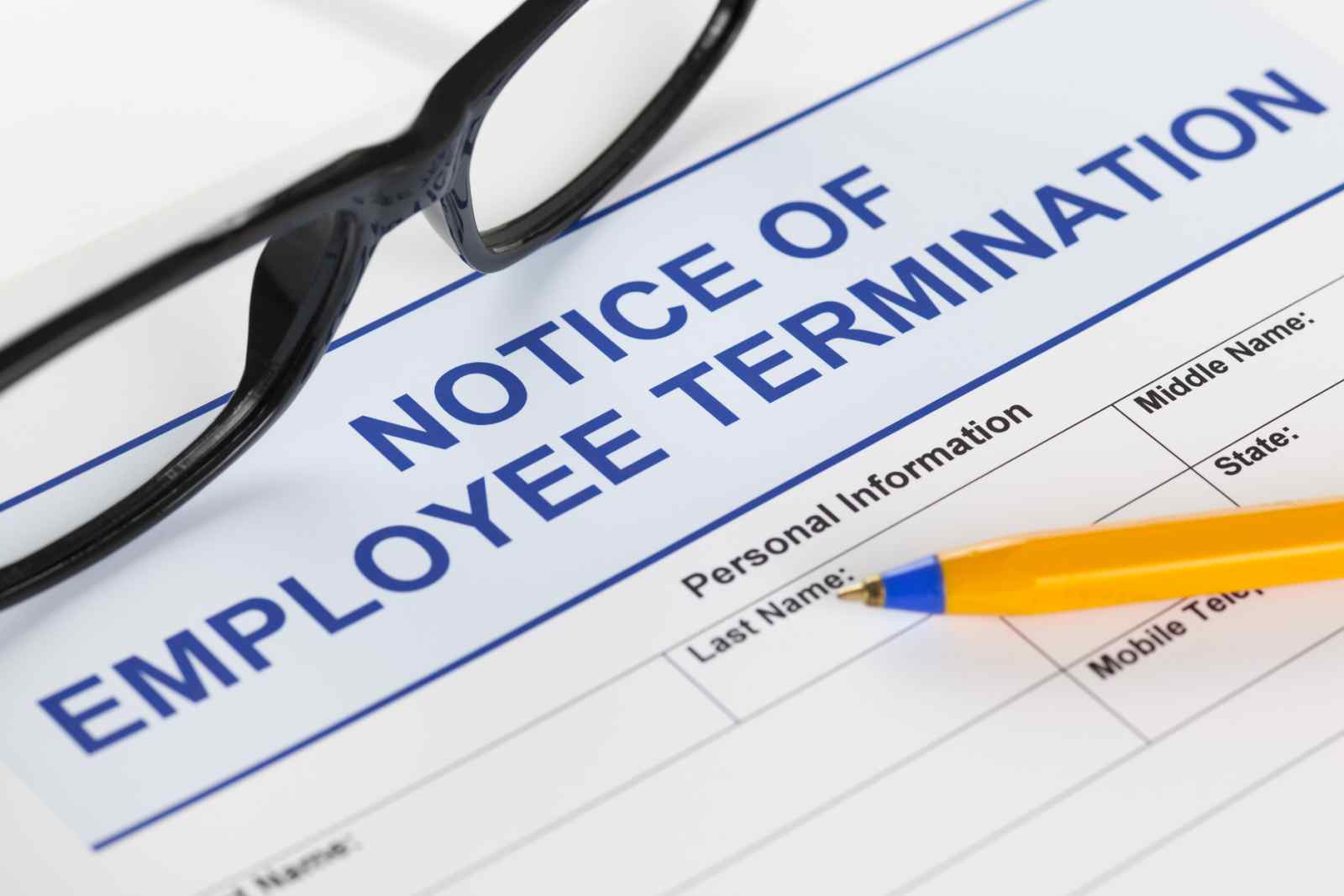
Part 1: Underperformance
At one time or another, most medical practice owners or managers will be required to end the employment of a member of their staff. This could be for a variety of reasons such as an employee no longer being able to perform the inherent requirements of their role due to illness, or termination for reason of redundancy.
Perhaps two of the most common reasons is dismissal due to underperformance or misconduct.
Dismissing a member of your staff for underperformance or misconduct can be fraught with difficulty.
In this two-part series, we consider the processes and considerations in determining if this course of action is appropriate.
Part 1 below considers underperformance. Part 2 will consider misconduct.
What is underperformance?
Underperformance is the failure to perform the duties of the employee’s position or failing to perform them to the standard required.
To keep your practice operating efficiently, underperformance should be dealt with promptly and appropriately. Delay only makes a bad situation worse in our experience.
Is performance management necessary? What the law says:
When giving legal advice to our clients regarding poor performing employees, the first thing we consider is whether there are any obligations on the practice to manage performance, or alternatively, whether some other course of action is preferred.
Obligations regarding fairness in the way practices deal with poor performing employees typically arise from:
- protection from unfair dismissal under the Fair Work Act 2009 (Cth);
- enterprise agreements providing performance management processes or procedural fairness;
- terms in an employee’s contract dealing with procedural fairness (if any);
- for public sector employees, any legislative obligations on this point.
Unless an employee is covered by one of the above, then as a general proposition, there may be occasions where an employer, on receipt of legal advice, decides to terminate employment instead of going through formal performance management.
The remainder of this article deals with the approach practices may wish to consider for employees covered by unfair dismissal laws.
Managing underperformance
Underperformance can be managed in a number of ways. There is no set process, but practice owners and managers should ensure there is a consistency and fairness in their decision-making processes. Where applicable, this should comply with your policies.
Some steps can include:
- making sure employees understand their duties;
- providing regular performance feedback or reviews;
- holding formal meetings to discuss performance (with the option of a support person);
- implementing a performance improvement plan;
- additional training; and
- ensuring managers are equipped to handle underperformance.
There should also be written evidence of the steps taken, ensuring all notes are dated. In our experience, practices who fail to keep adequate written records of performance management steps create legal work.
Managing underperformance in an appropriate manner
As well as considering which actions are appropriate, practice owners and managers should ensure their actions are carried out appropriately.
For example, feedback provided in the context of performance management can sometimes be perceived by the employee (or their lawyer) as bullying, harassment or discrimination. This is not an uncommon response in our experience.
In Application by Aly
The employee said the performance plans imposed were without justification and accused his managers of bullying and “nit-picking”, which allegedly caused undue stressed.
The Commissioner rejected the claims. It held the employee was not being micromanaged, and instead there was “unrefuted evidence” was that the employee failed to meet minimum standards required.
This shows the importance of ensuring actions are managed appropriately and supporting evidence (i.e. written evidence) is created and maintained.
Warnings
In the event that the staff member is terminated, and chooses to challenge the fairness of this, evidence of warnings given will be relevant. In our view, written warnings are best.
If protected from Unfair Dismissal laws, there is a general expectation that employee’s will be warned about unsatisfactory performance before being dismissed. For businesses of fewer than 15 employees, the employer must provide the employee with an opportunity to respond to the warning.
The case of Fastidia Pty Ltd v Goodwin indicates what constitutes a performance warning. There are 2 broad requirements.
First, the warning should identity what aspect of performance requires improvement.
Second, if the employee is at risk of being dismissed, then the employee should be advised of this.
These, amongst other reasons, show why warnings and dismissal letters should be carefully crafted.
Dismissal
If warnings have been provided and no improvement has been observed, it may be appropriate to dismiss the employee. Legal advice should be sought prior to taking this action.
In most circumstances, notice of termination should be provided to the employee. Notice should be given in accordance with requirements under the appropriate Award (commonly the Health Professionals and Support Services Award 2010 or Nurses Award 2010 for medical practices), or where applicable, the enterprise agreement.
The length of notice will vary depending on factors including the employee’s length of employment, possibly their age, and what the employment contract says about notice.
The law imposes several requirements as to terminate an employee’s employment. It includes, amongst other things, providing notice in writing.
Bringing a claim after dismissal
By far the most common claim employees in practices bring after being dismissed, is an application for unfair dismissal.
Unfair dismissal is available to full time and part time employees, or casuals employed on a regular and systematic basis. Minimum employment periods apply.
The Fair Work Commission will consider, in all the circumstances, whether the dismissal was “harsh, unjust or unreasonable”. There are a number of factors which the Commission may have regard to. These can include whether:
- there was a valid reason for the dismissal;
- the employee was notified of the reason before being dismissed;
- the employee was given an opportunity to respond; and
- the employee was previously warned about unsatisfactory performance.
Where the practice has fewer than 15 employees, the Commission must also consider if the dismissal was consistent with the Small Business Fair Dismissal Code.
In the matter of Purcell v Rock N Road Bitumen Pty Ltd [2017] FWC 486, the employer claimed a HR officer had failed to show any improvement over 10 months, despite having meetings where the employer advised she should improve her time management skills and be more flexible with colleagues.
The Commissioner accepted that the HR officer was not suited to the role, but said the employer had failed to give adequate warning in the lead-up to the dismissal or to help her understand that dismissal was a potential outcome.
Unfair dismissal is not the only action an employee might choose to bring after being dismissed. All employees, including casuals, have the right to make a claim for ‘adverse action’ or unlawful discrimination.
Conclusion
There will be instances where it is necessary to dismiss an underperforming staff member. While difficult to make, these decisions are often required to meet the demands of running a business and providing high quality health care.
Understanding and ensuring compliance with your legal obligations is essential to mitigate the risks of a claim being brought against your practice.
Katherine Stewart, Senior Law ClerkThis article is general information only. It is not legal advice. If you need legal advice, please contact us.






Leave A Comment